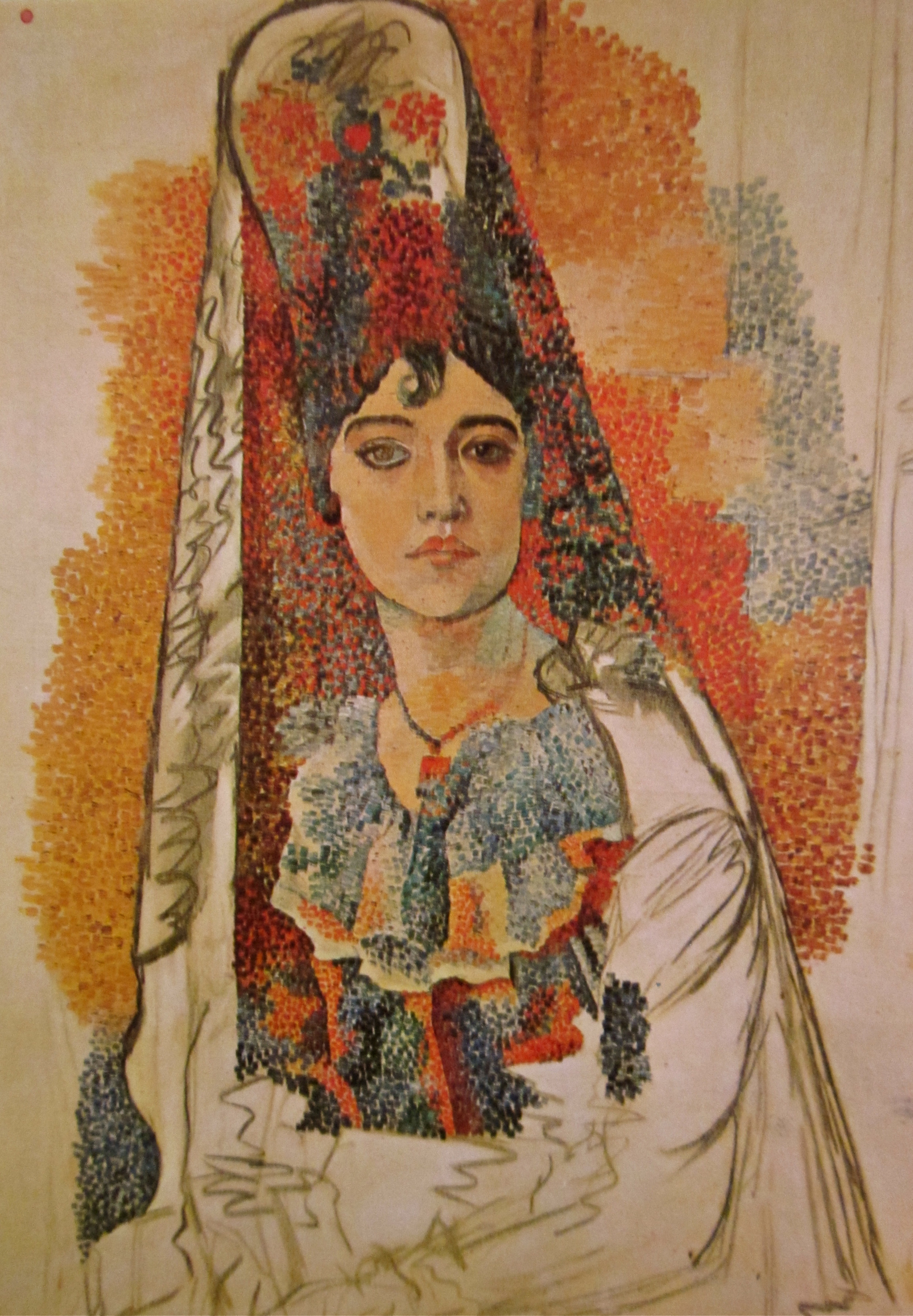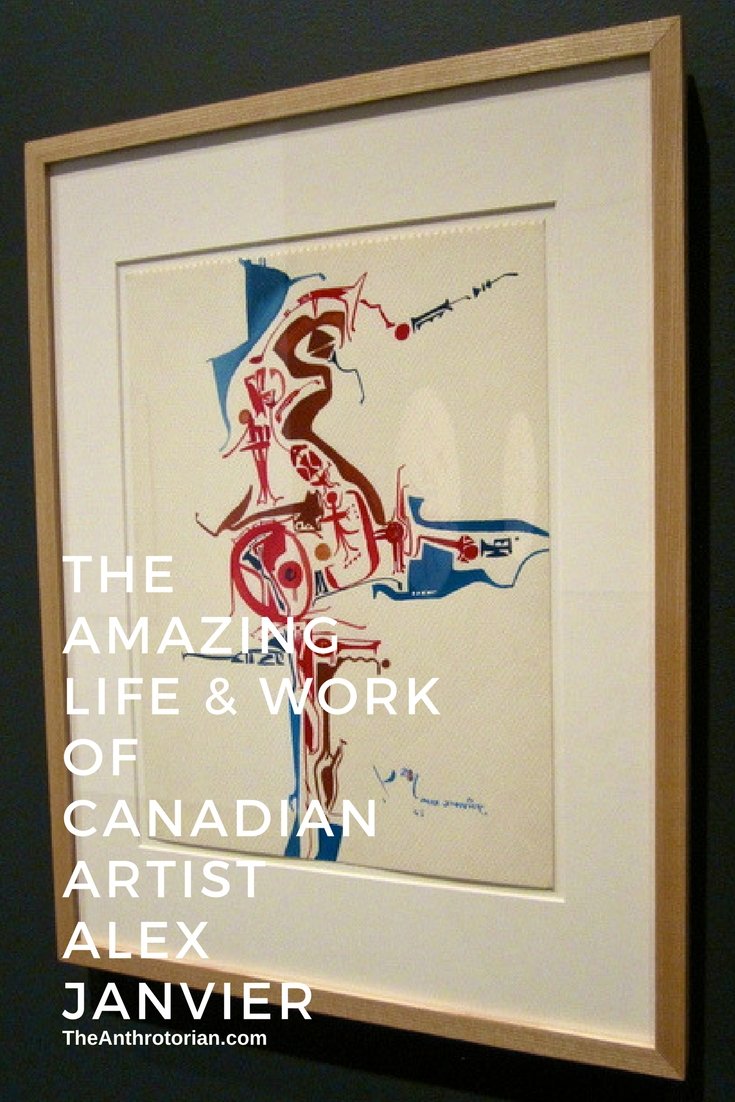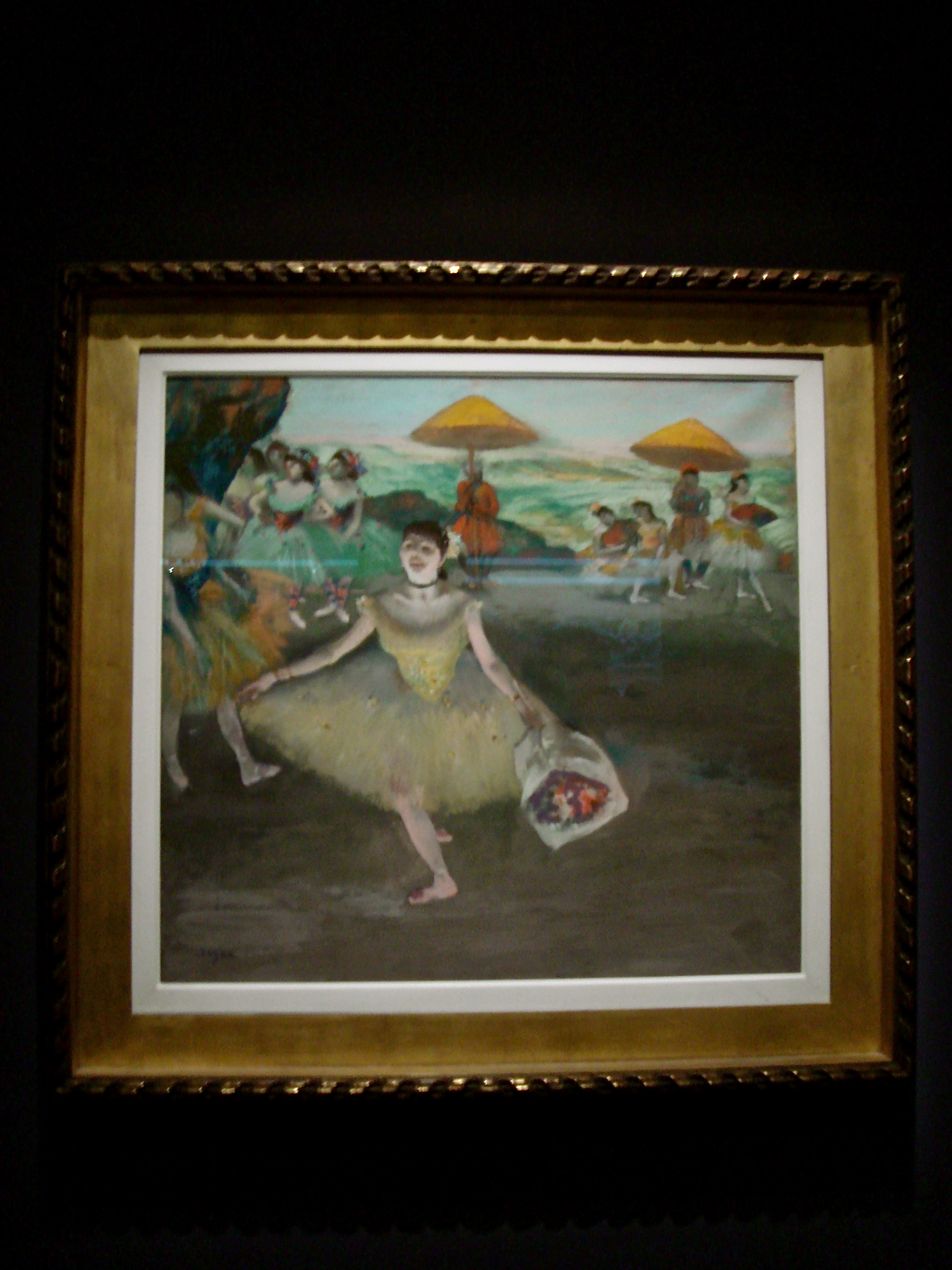One by Sea Hoon Insa Art Centre, Seoul
Jeoung, Sea Hoon, an amazing artist from South Korea, paints in a remarkable style called pointillism. Pointillism is a term that was derived in the 1880s to ridicule the artists who were using the new technique at the time (Seurat, Van Gogh and Pissarro to name a few).
It describes a specific style of brushwork that involves small, distinct dots of pure color applied in patterns to form an image.
ellow by Sea Hoon Insa Art Centre, Seoul
Resembling modern day pixels on a computer screen, this technique relies on the viewer’s ability to blend the spots together in their mind in order to see a fuller range of tones.
This way of applying paint is in sharp contrast to the more traditional method of blending pigments with fluid brushstrokes and, even today, there are few artists that use this technique.
Sea Hoon uses pointillism masterfully, creating works that are vibrant, alive, full of energy, and look like painted pixels.
Blue by Sea Hoon Insa Art Centre, Seoul








